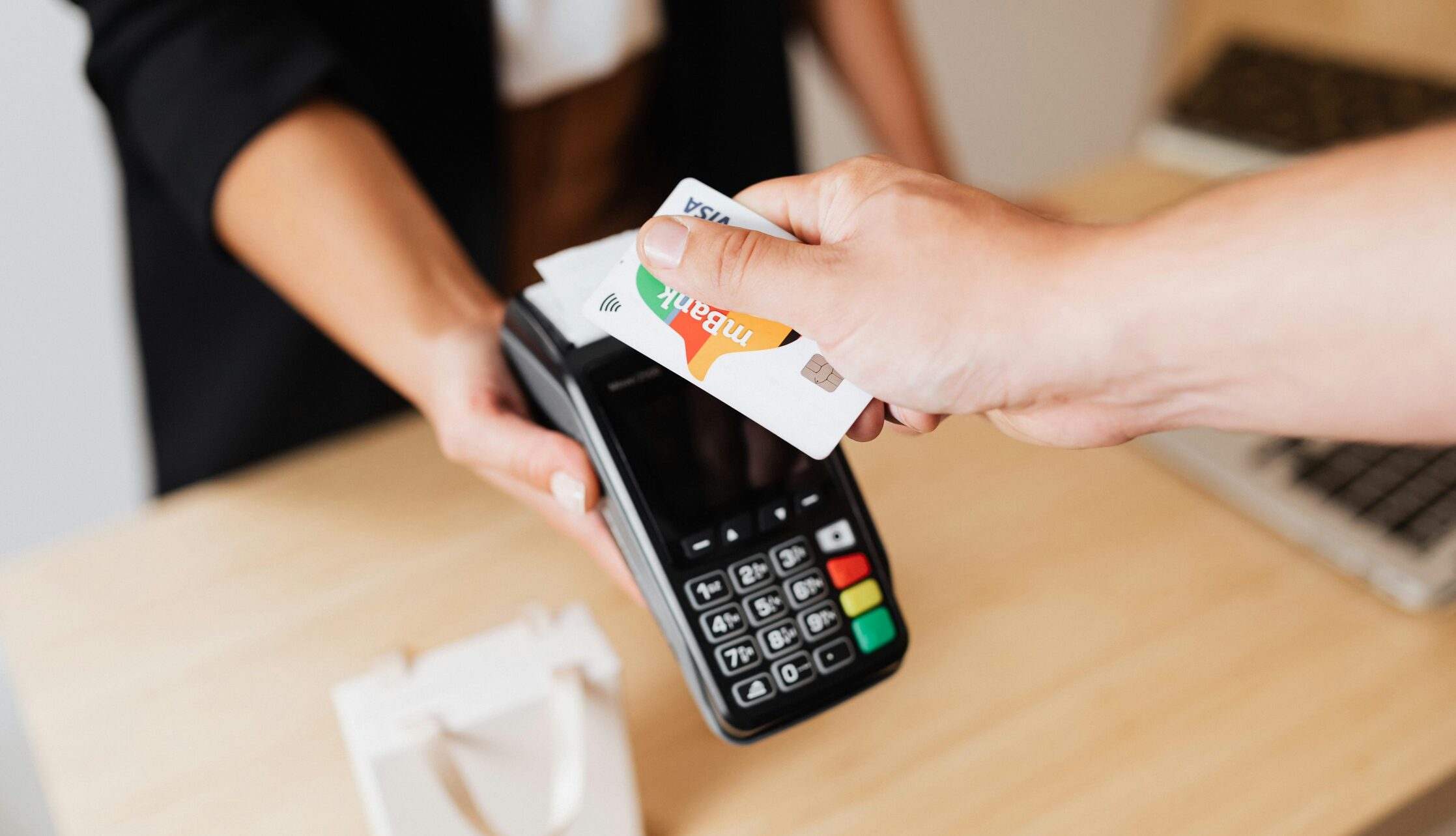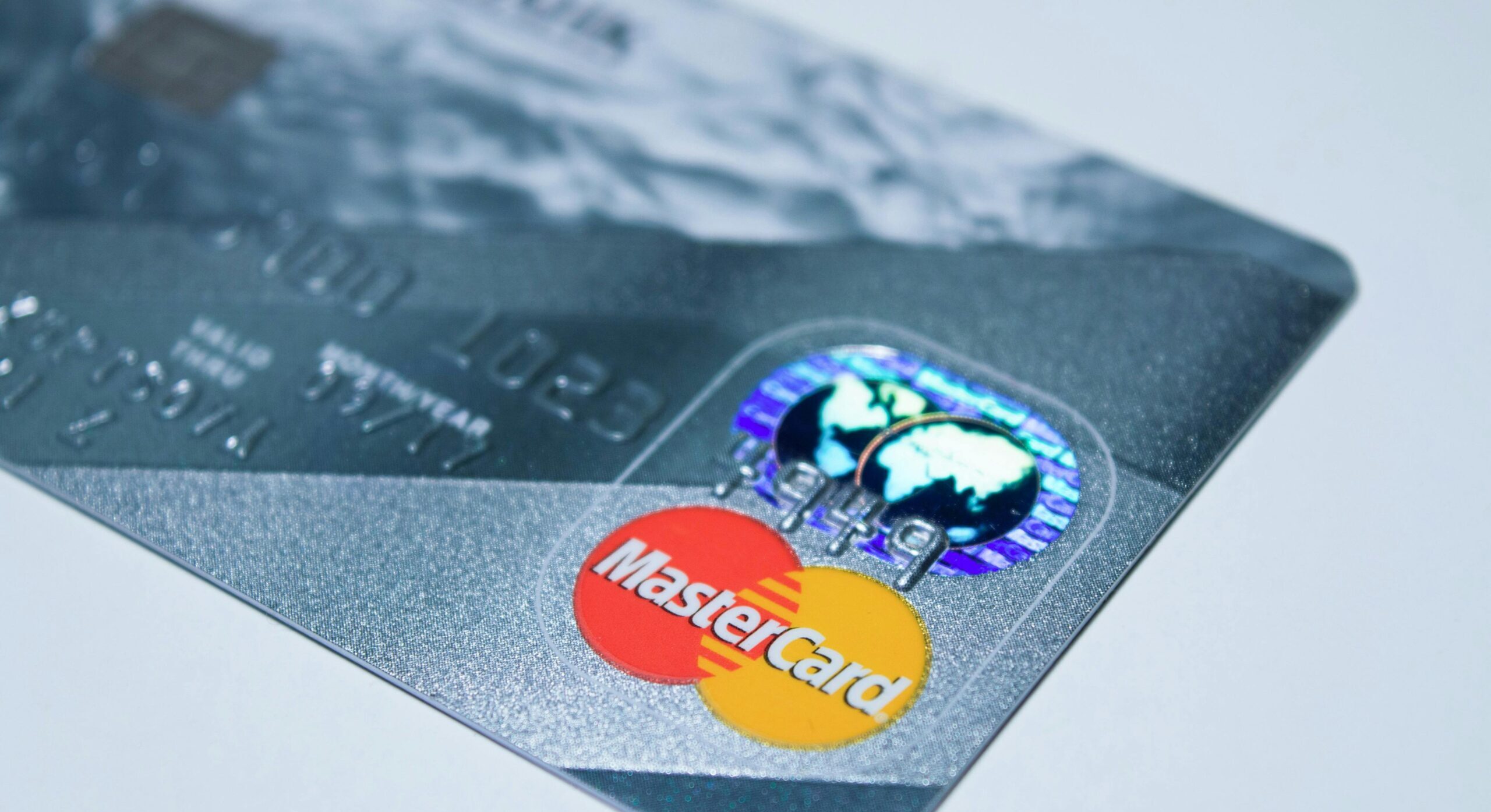If you’ve ever wondered how do credit card companies make money, you’re not alone. It’s one of those things that feels a bit mysterious at first — especially when you’re swiping your credit card and earning points, cashback, or travel perks. It almost seems like you’re the one winning.
But as with any business model, especially one involving money, fees, and customers, there’s an intricate ecosystem behind the scenes — and every swipe tells a story involving banks, merchants, payment processors, and even computer hardware.
So, where’s the revenue really coming from? And more importantly, who’s footing the bill for those flashy loyalty programs and cardholder perks?
Let’s break it all down.
The Basics: How Credit Card Companies Earn Money
To keep it simple: credit card companies make money through interest, fees, and transaction costs — usually from financial transactions made by both consumers and merchants. Their entire infrastructure is designed to support high volumes of payments flowing between issuing banks, acquiring banks, payment service providers, and card schemes like Visa or Master card.
Here are the two core pillars of profit:
1. Interest Charges (The Real Moneymaker)
When customers carry a balance on their credit card, the interest rate kicks in — sometimes upwards of 20% or more annually. This creates a massive revenue stream for the issuing bank (Type: Agent, Organisation, Company), who takes on credit risk in exchange for potential profit (economics).
And don’t forget: missed payments can turn into bad debt, which banks price into their markup (business) and interest rates. Managing this risk is part of the game.
This is one of the major ways credit card companies make money — it’s reliable, predictable, and often substantial.
2. Merchant Fees (The Invisible Cut)
Every time you use your payment card, the merchant pays a fee — often called an interchange fee — which gets split among the acquiring bank (Type: Agent, Organisation, Company), the payment processor, and the issuing bank. This cut can be a flat rate or a percentage of the transaction — either way, it’s a built-in cost of doing business.
These fees help cover everything from fraud protection, communication protocols, and central processing unit overhead, to maintaining the routing infrastructure and data analytics platforms that power modern transactions.

Who Pays for Credit Card Rewards and Discounts?
This is where it gets interesting — and a little surprising. Your rewards, cashback, or that free latte from your favorite coffeehouse (hello, Starbucks C) aren’t exactly gifts. They’re funded from somewhere.
Here’s who’s paying:
1. Merchants (Indirectly Paying for Your Perks)
Merchants accept credit card payments to make sales easier for consumers, but they pay for the privilege. The fee they’re charged (usually to their merchant account) helps fund your rewards. This often includes payments to the card scheme, payment service provider, and the acquiring bank.
It’s built into their pricing — so whether you pay by cash, debit card, or credit card, the cost is often passed along to all customers.
2. Revolvers (The Interest-Paying Crowd)
If you don’t pay your balance transfer or monthly balance in full, you’re paying interest — often a high interest rate. This cost helps fund the rewards ecosystem for those who do pay in full and game the system to their advantage.
In this way, credit card companies earn money from two places: the fees from merchants, and the interest from cardholders who carry debt.

How to Make Money from a Credit Card (Without Paying for It)
So now that you understand how the credit card ecosystem works — can you actually flip the model and come out ahead?
The answer is yes — if you’re careful, strategic, and organized.
1. Use Loyalty Programs Wisely
Sign-up bonuses, subscription business model offers, and points-based systems are all part of the modern credit card experience. You can rack up rewards just for spending on things you already buy — like coffee, computer hardware, or travel.
Just make sure to:
-
Always pay your balance in full
-
Avoid cash advances and unnecessary fees
-
Track your data to make smarter payment decisions
2. Leverage Interest-Free Periods
Many cards offer 0% introductory interest rates for 12–18 months. If used wisely — for instance, for a financial transaction or large purchase — you can spread out payments without ever paying interest.
Think of it as a free loan — just be sure to stay ahead of the clock.
3. Use Perks Like Insurance & Protection
Many credit cards offer insurance, fraud alerts, analytics, and purchase protection that come built into the annual fee. These features can save you real money if something goes wrong with a purchase or if you’re a victim of fraud.

What Are Two Ways Credit Card Companies Make Money?
Let’s bring it back to basics. If someone asks you what are two ways credit card companies make money, you can confidently say:
-
Interest from customers who carry a balance
-
Transaction fees charged to merchants and routed through the acquiring bank, card scheme, and payment processor
This business model — supported by tech-heavy infrastructure, from central processing units to real-time data routing — is built to ensure profitability at scale.
💡 Top Tips to Make Money from Your Credit Card (Without Losing It)
1. Pay Your Balance in Full — Every Month
This is non-negotiable. Paying in full avoids interest charges (the #1 way credit card companies profit) and helps you build strong credit. Think of it as using the card as a free, secure payment method — not a loan.
💬 Pro Tip: Set up automated payments from your bank account to avoid missing due dates.
2. Maximize Rewards and Cashback
Use a credit card with rewards that match your lifestyle — whether it’s travel, groceries, coffee, or electronics. Over time, these perks add up and can become real money-back in your pocket.
Example: A flat 2% cashback on $1,000/month = $240/year for doing nothing extra.
3. Take Advantage of Sign-Up Bonuses
Many cards offer lucrative welcome bonuses if you spend a certain amount in the first 3–6 months. Plan big purchases like computer hardware, flights, or furniture to qualify — just don’t overspend just to hit the bonus.
4. Use 0% Intro APR Offers Strategically
Some cards offer 0% interest rates on purchases or balance transfers for up to 18 months. This can be a great tool for managing larger expenses — if you have a plan to pay it off before the promotional period ends.
5. Track Spending with Data and Analytics Tools
Many cards and apps offer analytics, data, and budgeting tools. Use them to identify spending patterns, cut back, or optimize your usage.
💬 Use your payment processor’s app or connect your card to a financial tracker for full visibility.
6. Avoid Cash Advances Like the Plague
Cash advances come with fees, no grace period, and sky-high interest rates. They also often impact your credit risk profile. Unless it’s an emergency, steer clear.
7. Watch for Hidden Fees
Look out for:
-
Foreign transaction fees
-
Annual fees that don’t match the card’s value
-
Late payment fees
-
Subscription business model services that auto-renew
Always read the fine print before applying.
8. Use Credit Card Perks
From insurance, purchase protection, and fraud monitoring to travel perks, airport lounge access, and extended warranties — your card might come with perks you’re not even using.
💬 Check your issuer’s benefits guide — it’s usually packed with useful extras.
9. Understand the Full Ecosystem
Learn how acquiring banks, issuing banks, card schemes, and payment processors work together — especially if you’re a merchant or operate in a subscription-based or marketplace model. This can help you cut costs and streamline payments.
10. Don’t Chase Points — Chase Value
It’s easy to get caught up in the loyalty program game. But chasing rewards by overspending will cost you more than you earn. Always prioritize value and profit margin, not just perks.

Final Thoughts
Credit cards are part of a complex financial institution ecosystem, with banks, payment processors, and consumers all playing a role. But if you understand how they make money — and where your fees or rewards are really coming from — you can use them to your advantage.
Pay on time. Stay out of debt. Use the system without letting it use you.
That’s how to make money with credit cards — and keep the profit margin on your side of the equation.



